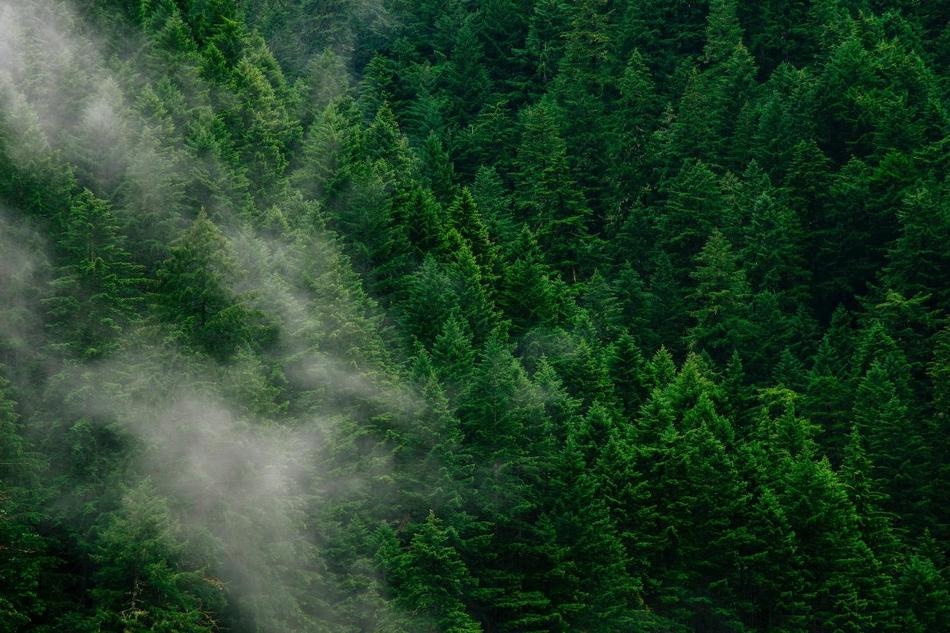Feb 18 2019
A British scientist, Thomas Crowther, has identified the long-disappeared forests available for rehabilitation worldwide. He has explained that there is space for an extra 1.2 trillion new trees across the globe that could absorb more carbon compared to human emissions every year.
 Data enables understanding of carbon cycle feedbacks to predict climate change at a large scale. (Image credit: Andrew Coelho, Unsplash Photography)
Data enables understanding of carbon cycle feedbacks to predict climate change at a large scale. (Image credit: Andrew Coelho, Unsplash Photography)
He has also explained that data from several thousand soil samples collected by local researchers show that the Arctic and sub-Arctic regions of the world stock a major portion of the world’s carbon. However, this soil carbon is discharged by the warming of these ecosystems, thereby accelerating climate change by 17%. This study shows that vegetation and soil carbon restoration is certainly one of the best weapons to combat climate change.
The planet’s living parts make it stand apart from all other parts of the solar system, and they drive each aspect of biogeochemical cycling. In order to perceive and predict climate change, it is vital that these living processes are represented into humans’ understanding of existing and future biogeochemical cycles.
For this study, the Crowther lab used the largest global dataset of forest inventory data (the Global Forest Biodiversity Initiative), measured by people on the ground from more than 1.2 million locations across the globe, in combination with satellite observations, to gain a mechanistic understanding of the global forest system. It also used the Global Soil Biodiversity Initiative for belowground ecology. This initiative, which includes several thousand soil samples that explain the global patterns in the biomass and the diversity of the global soil microbiome, coupled with satellite data offers a first look at the billions of below-ground species that govern atmospheric composition, soil fertility, and the climate.
The researchers can find areas highly significant for biodiversity conservation using both the aboveground and belowground data. Furthermore, they can eventually start gaining insights into the feedbacks that govern atmospheric carbon concentrations over the rest of the 21st century. They also understand that the discharge of carbon from the soil will increase as the soil warms, specifically in the high-latitude Arctic and sub-Arctic regions.
The Crowther lab model proposes that by 2050, there would be a loss of ~55 gigatons of carbon from the upper soil horizons in response to warming, under a business-as-usual climate scenario. This value is approximately 12%–17% of the anticipated anthropogenic emissions over this period. These are the “climate change feedbacks” discussed by Crowther. Comprehending these processes is crucial for the efficient management of natural systems to combat climate change.